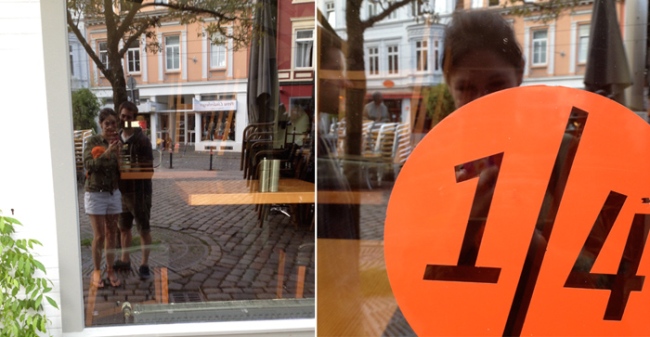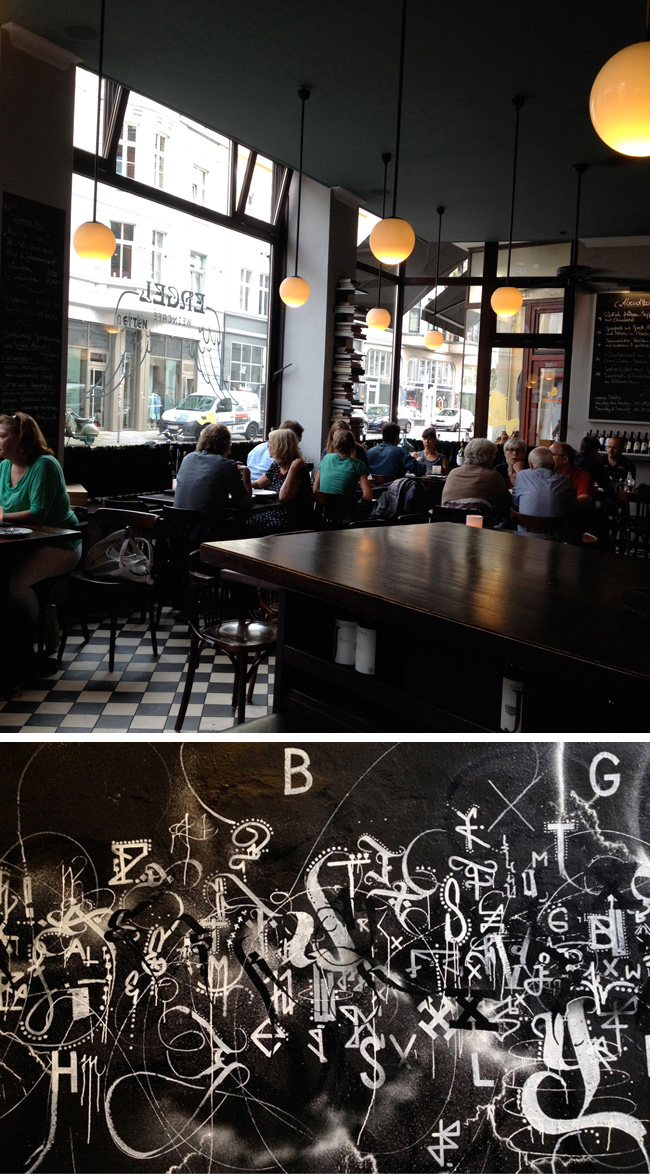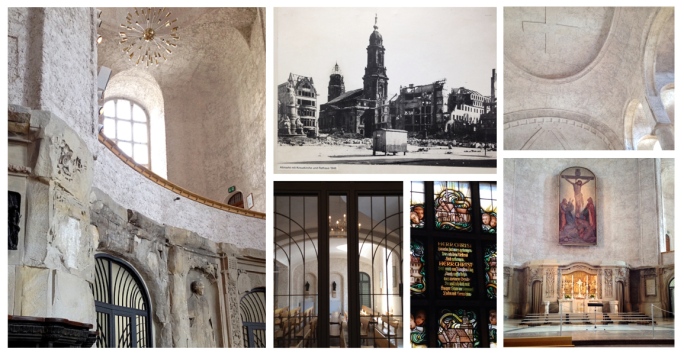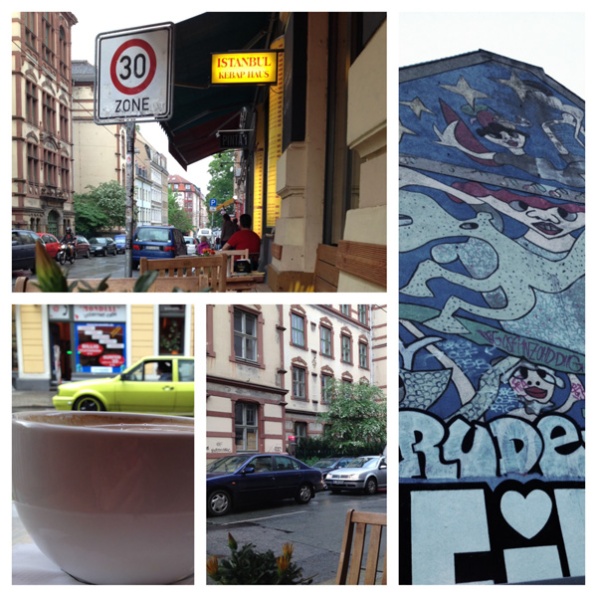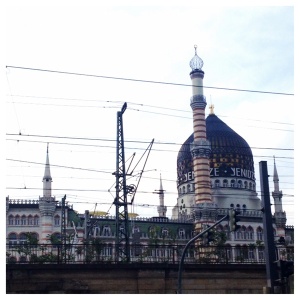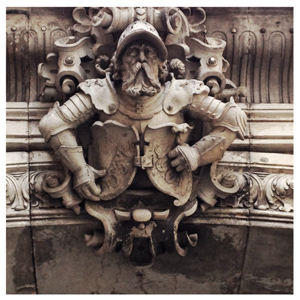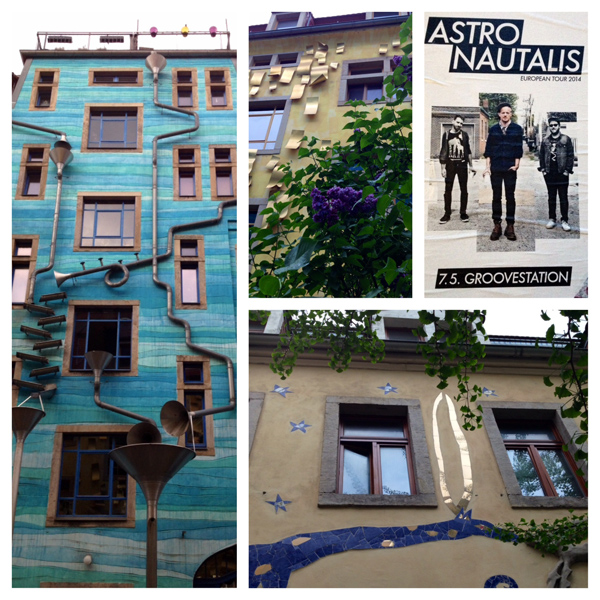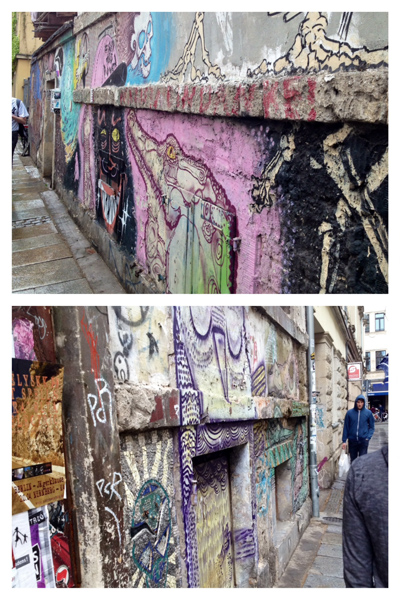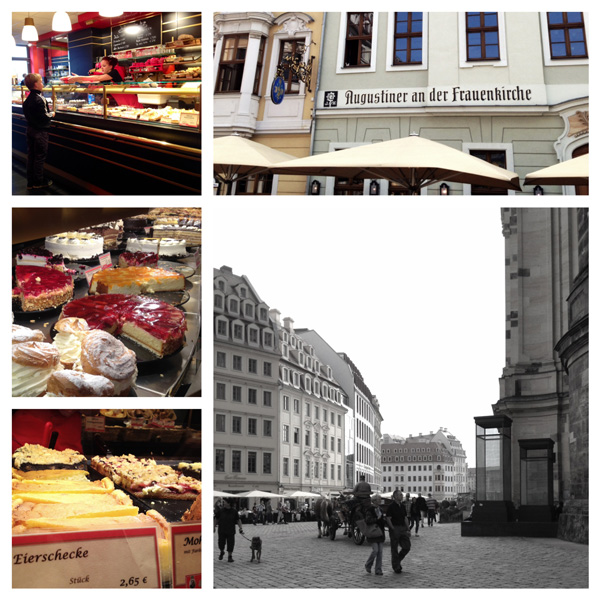In late February we enjoyed a short but lively weekend in Koeln, the capital of North-Rhineland Westphalia— the German state that borders Belgium and the Netherlands.
The first thing to come to mind is the famed neo-gothic Cologne Cathedral. It is the landmark of the Köln skyline and most visible point within the city, which by comparison is much less ornate. Many of the buildings in Köln are emblematic of Germany’s post-war modern reconstruction; It is one of the oldest cities in the country but bares the resemblance of a 20th C. city.
For many visitors (including us) Köln’s draw is simply the promise of a good time. And partly the intent to drink Kölsch, the local brew.

Above: Thousands of ‘love locks’ on the Hohenzollern Bridge. We spotted some goodies.
Before we visited, Köln had just held their biggest party of the year: Fasching Karneval. Chatter about the event was a partial catalyst for our trip to the city. In this popular European tradition there are parties, performances and televised entertainment shows. And similar to Mardi Gras, the cities hold parades and people wear bright costumes. Fasching marks the first signs of Spring and the coming of Lent. In mid-February, Köln was the place to be!
Most of our weekend was spent in the Innenstadt— a central, compact area of sights surrounded by the Grüngürtel, the city’s belt of park space. The area has shopping, museums and great nightlife. Köln also had some of the tastiest food we have eaten in the whole country. We headed to Bastian’s for a Café-style breakfast that included their delicious landbrot (sourdough wheat bread), and later we detoured to Bay Area Burrito Company for our first real (‘good’) burrito in a year!
Koeln was full of nice surprises!
Below: Dropped Cone (2001) in Neumarkt Galerie is a recent work of Claes Oldenberg, also known for Spoonbridge and Cherry (1988) at the Walker Art Museum Sculpture Garden, Minneapolis!
Kölsch
Kölsch is a regional variety of beer — Making Köln somewhat of a destination for those who want to drink Kölsch ‘vom Fass’, fresh off the tap. It is Germany’s only all-barley pale ale (though nothing like an American pale ale) and is poured in a small, narrow .2l glass called a Stangen which fares well for bar-hopping and warm summer patios.
One of our favorite spots was the beer hall at Früh am Dom, one of the bigger names in Kölsch brewing. A Saturday night at Früh was as lively as a Bavarian brew house, minus the lederhosen. The servers keep their trays filled and are happy to tally your coaster each time they swap out an empty glass.
You can read about a New Yorker’s entrancement with Kölsch here or try one of a handful of Kolsch-style beers that are brewed in the USA, this summer.
Kölner Dom
The Cologne cathedral was more beautiful than I imagined. For many travelers it is the reason they have come to Köln. Any doubts about it’s impressive scale were dissolved within a moment. It is an incredible, monumental structure that fills an entire city block. The cavernous interior felt bright and peaceful and we left Köln contemplating a new appreciation of this space.
The cathedral is centrally located, and we found ourselves passing it each day. It is just a few steps from the train station and is the first thing to greet you when you arrive. In the early afternoon we saw the interior transformed as sunlight passed through the stained glass windows. As the above photo shows, at that moment we were surrounded by a mirage of pastel reflections.
Like many churches of this period, construction was ongoing. The cathedral was fully built 600 years after the first mortar was laid (1248 – 1880), and became the tallest building in the world for 12 years. The floors are covered with incredible mosaics and the space attracts religious pilgrims who have come to see the [stated] remains of the biblical Three Wise Men in a golden casket. We also climbed the 500 steps of the spire to reach a viewing platform that overlooks the city.
Kolumba
On the same crisp February afternoon we visited Kolumba, the Art Museum of the Archbishopric of Cologne. Cologne began as a Roman colony in the Germanic lands and is one of the three oldest cities in Germany.
The museum is a modern, rectangular space built over the ruins of the Gothic church of St Kolumba (origin, 980 A.D.), with areas of the excavation integrated into the museum. The museum holds a collection of religious relics, multi-media and contemporary artwork.
It is the newest museum space in the city and was designed by Peter Zumthor, a Swiss Architect. The building has garnered praise for it’s elemental use of light and space (mainly glass and stone) along with a seamless integration of modern design with antiquity.
An unexpected room within the museum was the second floor Leseraum ‘reading room’, a quiet space. The room is covered with wood veneer and was a warm, sunlit oasis within the stone interior. The space was especially nice in the diffused winter light.


Belgisches Viertel
One of our favorite areas of the city, and the best area for nightlife was the Belgisches Viertel ‘Belgian Quarter’, a neighborhood of trendy shops and bars. Based on a recommendation, we ended the night at Sixpac which was described as a ‘hipster bar’. A hipster bar in Köln had the feel of most places in Minneapolis-St Paul, so we felt right at home!
———–
We may not have visited Köln if it had not been for two back-to-back recommendations that we would miss a sizable part of Germany if we missed Köln. It is Germany’s 4th largest city and absolutely one of our favorites so far!
Links
Kölsch, A Summer Beer Worth the Fuss New York Times
Germany’s postwar buildings: eyesores or worthy of protection? DW.de
Carnival in Franconia: Veitshoechheim 2013 Broadcast YouTube
(reminds me of this—-> Lawrence Welk : Adios, Au Revior, Aufwedersian)

















